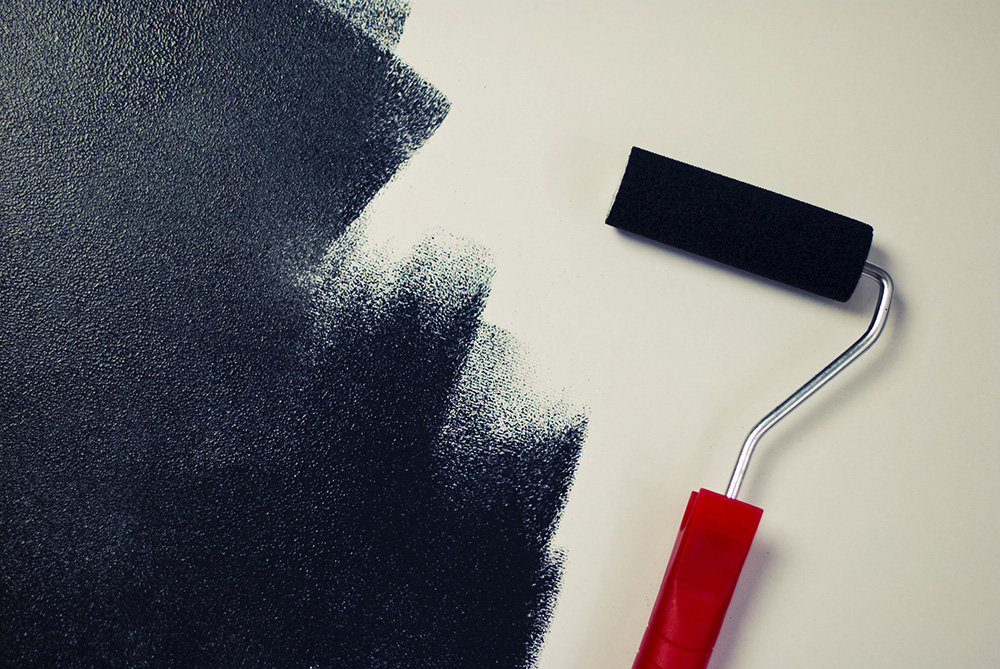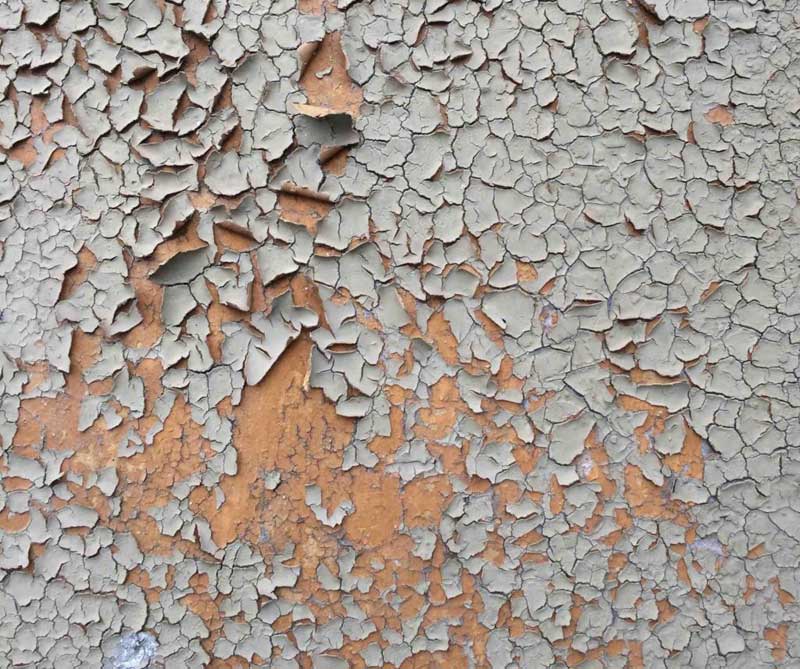Home Painting Guide 101: Professional painters in Brisbane answer your most-asked questions
 As the professional painters Brisbane locals trust, we are inundated with all kinds of questions relating to interior and exterior painting. We have collated and answered your most-asked questions below in our home painting guide. We’ll also link to additional resources you can check out for more detailed explanations. Let’s get started.
As the professional painters Brisbane locals trust, we are inundated with all kinds of questions relating to interior and exterior painting. We have collated and answered your most-asked questions below in our home painting guide. We’ll also link to additional resources you can check out for more detailed explanations. Let’s get started.
How do I eliminate paint fumes?
So, you’ve just had your home painted, and it looks fantastic – but it doesn’t smell the best. Here are a couple of tips for masking paint fumes:
- Add a few drops of peppermint or vanilla extract to cotton balls and place these around the room. If you have one, you could use a diffuser with your favourite essential oils to cover the smell.
- Pop freshly ground coffee beans into small bowls and position around the room.
- Crush up wood charcoal and leave it in the room overnight.
- Chop a few brown onions in half and place around the room. Sounds crazy but it works!
If masking the fumes isn’t quite doing the trick, try the following:
- Light a candle and allow it to burn for several hours. The flame will help remove flammable components in the paint solvent.
- Put buckets of water around to room. The water will absorb some of the solvent vapours.
- Ensure proper ventilation – open windows and doors and switch on ceiling fans if you have them.
Need more guidance? Head to our article, Tips for Eliminating Paint Fumes.
Is it safe to sleep in a freshly painted room?
There is no hard and fast answer to this question. In general, exposure to paint fumes will not pose any risk to your family’s health – especially if you use the tips listed above to remove as much of the lingering vapour as possible.
That being said, we always recommend using low- or zero-VOC paint where possible.
For more information, have a read of our article, Is it Safe to Sleep in a Freshly Painted Room?
How do I stop paint from yellowing?
If your white walls are turning yellow, keep the following in mind:
- Solvent-based paint will oxidise. You can’t stop it. If you want your paint to stay true to its original colour, use a water-based paint.
- If your paint has yellowed due to a lack of light, you can reverse it by exposing it to natural light.
- You can paint over yellowed enamel paint with acrylic paint to fix the problem and prevent it from happening again in the future.
More tips on yellowing paint can be found in this article, How to stop white paint turning yellow.
How do I apply the second coat of paint?
If you are painting your interior, you’ll most likely need to apply a second coat of paint. Here’s our advice for achieving a smooth, uniform colour and finish:
- Make sure you give the first coat ample time to cure before adding the second. Depending on the type of paint you use, this will take anywhere between two and 24 hours.
- Avoid leaving your paint brushes, rollers, and paint tin exposed while you wait for the first coat of paint to cure. Cover or clean your tools and put the lid back on the paint tin to ensure nothing dries out.
- When applying the second coat, remember that it can be tricky keeping track of where you have and haven’t painted. We suggest starting in the top corner and working your way down. Always finish one whole wall before moving on to the next.
Find out how to apply a second coat of paint like a pro.
What are the different types of house paint?
If you are new to the wonderful world of DIY, you may be feeling a little overwhelmed by the sheer number of house paints available. Here’s a quick rundown of the various types of house paint you’ve likely come across:
- Primer paint
- Oil- and water-based house paint
- Interior and exterior house paint
- Enamel paint
- Latex paint
- Acrylic paint
- Specialty house paints, like anti-mould, fire retardants, and anti-condensations
For definitions of the above, visit our article, Different Types of House Paint Explained.
How do I calculate how much paint to buy?
If you have decided to paint some or all of your home, purchasing the right amount of paint is vital. Too much, and you have wasted your money. Too little, and you’ll have to make yet another trip to the hardware store.
We covered the entire calculation process in our article, How to Calculate How Much Paint to Buy. Grab your calculator, have a read and rest easy knowing you’ll have the perfect amount of paint for your upcoming project.
Should I paint my house before or after I move in?
We’ve been professional painters for years, and in that time, we have seen it all. In our experience, it’s almost always best to paint before you move in.
Here are just some of the benefits:
- Walls are easy to access
- Paint smell is gone before you move in
- Your home is move-in ready
Painting before you move in certainly has its advantages, but there are a couple of drawbacks to keep in mind. We've covered all the details in our article, Should you paint before you move in?
When do I use a paint roller and when do I use a paint brush?

Paint rollers are ideal for bigger areas. They hold a lot more paint than brushes and allow you to distribute an even layer of paint much faster. Paint brushes, on the other hand, are used to cut in and paint smaller or hard-to-reach areas. Most paint jobs will require you to use both.
Want to know more? Check out our article, Paint Roller vs Paint Brush.
How do I find the perfect shade of white for my walls?
More than 90 percent of our clients choose white for their walls – we have seen every shade imaginable.
The first step to finding the perfect shade of white is to choose between warm and cool whites. Cool whites have a blue or black base and work well in rooms that get a lot of sun. Warm whites have a yellow, red, or brown base and are best suited to rooms that get less sun.
Deciding between warm and cool tones is just the beginning – for more advice, check out our article, Finding the Perfect White Paint Colour for Your Walls.
How long does it take to paint a room?
How long does it take to paint a room? It's a question that's often asked by our clients. Well, it takes about four to six hours to paint a room. That’s about the closest estimate we can give you without getting into the specifics.
There are many factors to consider before giving a precise answer. The time it takes to paint a room will depend on several factors, including the size of your room, the colour of paint you’re using, and more. We discuss these in more detail in our article, How long does it take to paint a room?
One coat paint: Does it enough?
One coat paint sounds like the DIY painter’s dream – a paint so thick, so vibrant that one coat results in a bright, even, true-to-colour finish. But can this cheat’s paint really achieve the flawless effect of two or more coats?
In our opinion, no. One coat paint really is too good to be true. Let’s investigate why we believe that you should always apply at least two coats of paint in our article, One coat paint: Does it really work?
Can I paint over old paint?

Can I paint over old paint? That’s something we get asked all the time by our clients. In short, the answer is yes. That is, if the walls beneath are white, smooth, and stain-free – which, if you’re in the process of repainting, they probably aren’t.
What's the best way to repaint already painted walls? There are a few things to consider before making a decision such as:
- The condition of the old paint
- The condition of your surface
- The condition of old paint
Before you repaint, some prep work is required such as:
- Wash walls thoroughly to remove surface dust and dirt
- Remove flaking paint with a palette knife or similar tool
- Sand down the area to achieve a smooth finish.
- Apply a suitable primer
We've covered all the details in our article, Can I paint over old paint?
How to Paint a Straight Line Between the Wall and Ceiling
There is no more obvious sign of an amateur paint job than a wobbly, uneven line between the wall and ceiling.
In this article, we’ll share three fool-proof methods of achieving a straight line when painting the ceiling. Follow this guide, and you’ll be painting like a pro in no time.
Method 1: Use an angled brush
If you have some experience with interior painting, or if you have a particularly steady hand, this could be the easiest, cheapest option.
Method 2: Use caulk
Caulk is a waterproof filler or sealant often used in building work and small repairs. Although this method is the most time-consuming of the three, it will create a clean, crisp line.
Method 3: Use a specialist painting tool
There is no shortage of specialist painting tools on the market, so it’s no surprise you can purchase one to help achieve a straight line between the ceiling and wall.
We've discuss each method in detail in our blog post How to Paint a Straight Line Between the Wall and Ceiling.
How to stop white paint from turning yellow

Oil-based paints are incredibly durable. You can scrub them again and again without affecting their colour or finish. The problem is, some of the chemicals used in oil-based paints can cause them to yellow over time.
This isn’t too much of a concern unless your paint is white, in which case, yellowing can seriously impact the overall look of your interior.
Here are a few ways you can stop white paint from turning yellow.
Use latex paint instead
If you have the choice, use latex paint instead. That way, you can be 100 per cent sure your white paint will stay bright for years to come.
Maximise light to stop white paint from turning yellow
Light – both natural sunlight and artificial light – can significantly slow down the yellowing process. In fact, it can even reverse it.
Location, location, location
Avoid painting areas directly next to white countertops, tiles, or cabinets. These will stay bright white for years, as they contain powerful anti-yellowing chemicals.
For more tips, read our article: How to stop white paint from turning yellow.
How to add colour to your home without a feature wall
Neutral tones will always have a place in design, but there’s nothing quite like a splash of colour to add a touch of interest and playfulness to a home.
In this article, we’ll show you how to add colour to your home without a feature wall. Let’s get started.
Highlighting architectural features
A great way to make your home pop is to use a contrasting accent colour on your home’s best architectural features.
Using colour inside your home
You can create a similar effect inside your home. Here are just a few ideas of architectural features you may like to highlight with colour:
- Staircase bannister
- Window seat
- Built-in bookcase
You are only limited by your imagination – so get creative and use colour to make your property shine.
Get in touch with the professional painters Brisbane locals trust
Ready to transform your home with the power of paint? Contact us today. Our friendly team get a real kick out of delivering see-it-to-believe-it results. Don’t just take our word for it – check out our many five-star reviews and case studies. Then, give us a call on 07 3829 5735 or fill out the form on this page.
